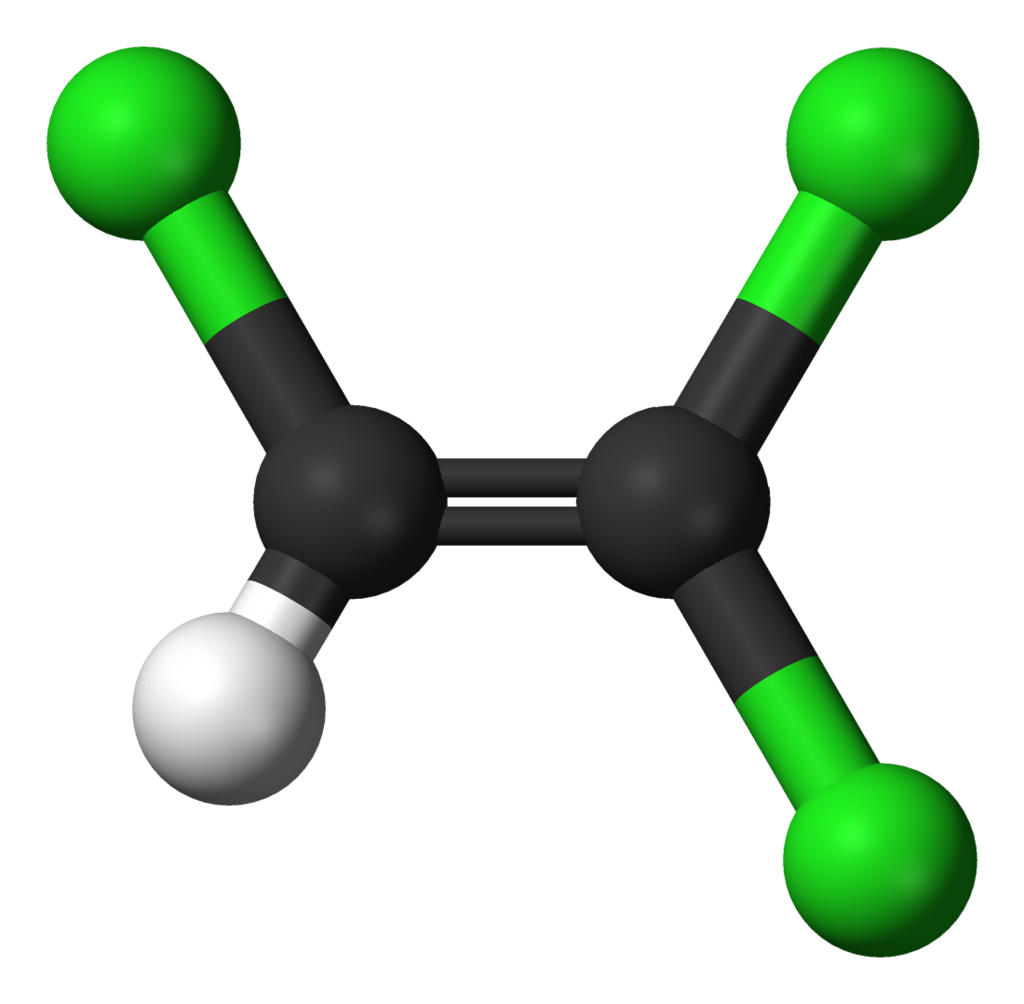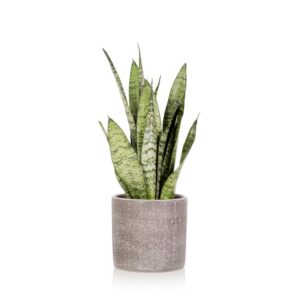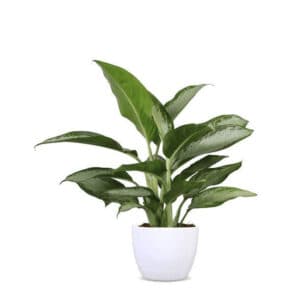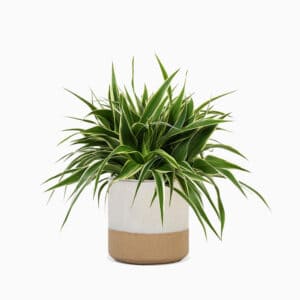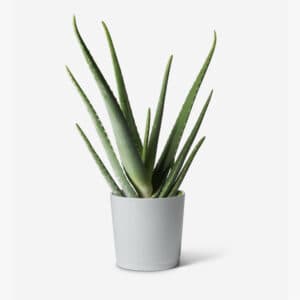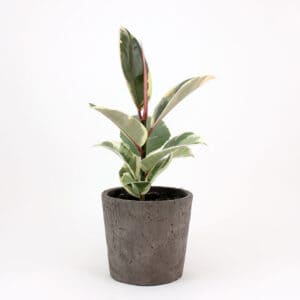Due to the corona virus, I was thinking about a study I did a few years back. It was a study from NASA in the 80’s. The NASA Clean Air Study was a project led by the National Aeronautics and Space Administration (NASA) in association with the Associated Landscape Contractors of America (ALCA) to research ways to clean the air in space stations.
Healthy Air and Corona
Now that we are asked to work more at home, we live, eat and sleep at the same place we work. Because the most of us don’t have a air treatment installation at our home like those that are place in most large buildings we have to clean our air in a other way. Yes you cold say open a window, but there are a few downsides. In the winter it isn’t ideal to open a window due to the cold and the same is the problem in the summer due to the heat. Then there is the question where do you life in the big city or the country side. In the city you have more smog and on the country side there are more pollution due to chemicals used by the farming industries. All these solutions have been proven to be a problem in combination due to corona and other viruses.

NASA Clean Air Study
It’s basically the same in our home, it is our own spaceship were we life and work. So we can have a look on how NASA has dealt with this problem. In this study, the leaves, roots, soil, and associated microorganisms of plants have been evaluated as a possible means of reducing indoor air pollutants. Additionally, a novel approach of using plant systems for removing high concentrations of indoor air pollutants such as cigarette smoke, organic solvents, and possibly radon has been designed from this work. This air filter design combines plants with an activated carbon filter. The rationale for this design, which evolved from wastewater treatment studies, is based on moving large volumes of contaminated air through an activated carbon bed where smoke, organic chemicals, pathogenic microorganisms (if present), and possibly radon are absorbed by the carbon filter. Plant roots and their associated microorganisms then destroy the pathogenic viruses, bacteria, and the organic chemicals, eventually converting all of these air pollutants into new plant tissue. It is believed that the decayed radon products would be taken up the plant roots and retained in the plant tissue.
| Document ID: | 9930073077 |
| Document Type: | Technical Memorandum (TM) |
| Authors: |
Wolverton, B. C.(NASA John C. Stennis Space Center Bay Saint Louis, MS, United States)
Johnson, Anne(NASA John C. Stennis Space Center Bay Saint Louis, MS, United States)
Bounds, Keith(Sverdrup Technology, Inc. Bay Saint Louis, MS., United States)
|
| Date Acquired: | August 16, 2013 |
| Publication Date: | September 15, 1989 |
| Subject Category: | ENVIRONMENT POLLUTION |
| Report/Patent Number: |
NASA-TM-101766
NAS 1.15:101766
|
| Distribution Limits: | Public |
| Copyright | Public Use Permitted. |
Download the Final NASA report here.
What’s in our air?
Like most chemicals, the adverse health effects you may encounter depend on several factors, including the amount to which you are exposed, the way you are exposed, the duration of exposure and the form of the chemical. Below are common symptoms associated with each toxic agent.
Trichloroethylene
Symptoms associated with short term exposure include excitement, dizziness, headache, nausea and vomiting followed by drowsiness and coma.
Formaldehyde
 Symptoms associated with short term exposure include irritation to nose, mouth and throat, and in severe cases, swelling of the larynx and lungs.
Symptoms associated with short term exposure include irritation to nose, mouth and throat, and in severe cases, swelling of the larynx and lungs.
Benzene
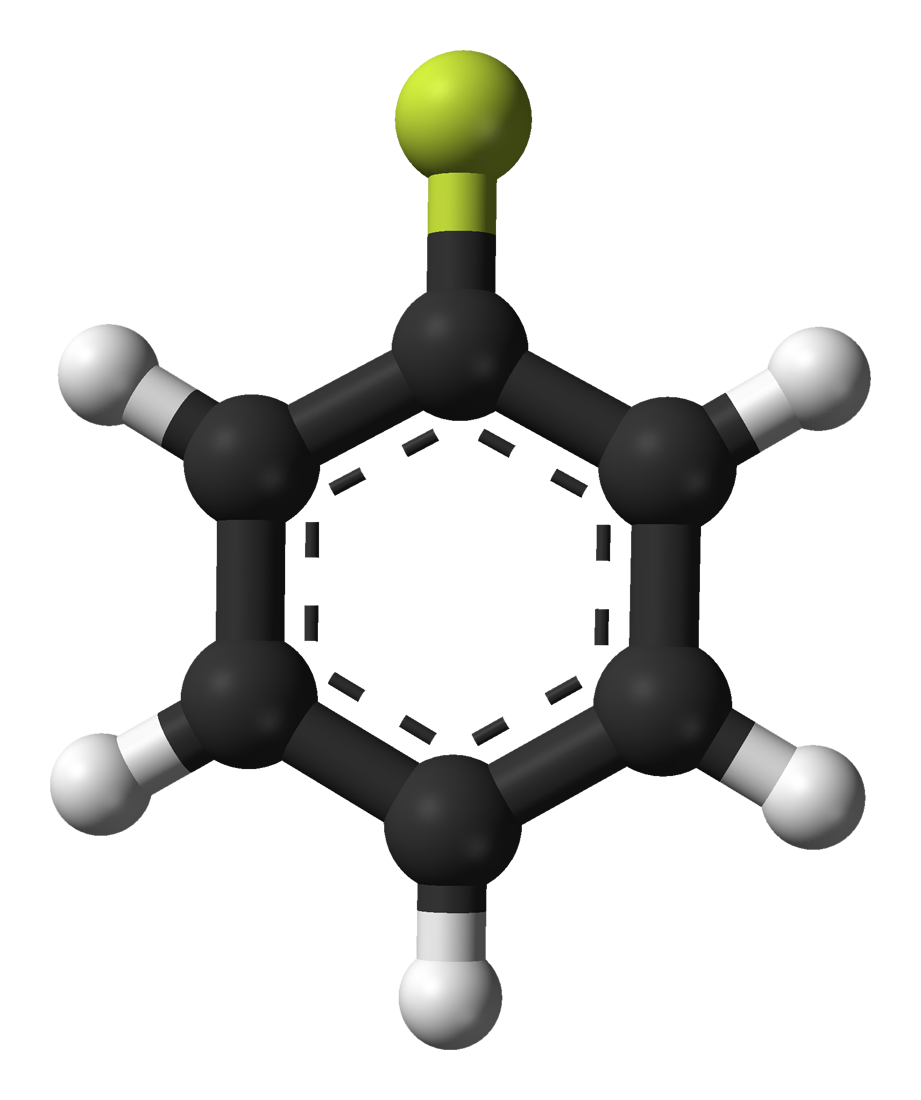 Symptoms associated with short term exposure include irritation to eyes, drowsiness, dizziness, headache, increase in heart rate, headaches, confusion and in some cases can result in unconsciousness.
Symptoms associated with short term exposure include irritation to eyes, drowsiness, dizziness, headache, increase in heart rate, headaches, confusion and in some cases can result in unconsciousness.
Xylene
 Symptoms associated with short term exposure include irritation to mouth and throat, dizziness, headache, confusion, heart problems, liver and kidney damage and coma.
Symptoms associated with short term exposure include irritation to mouth and throat, dizziness, headache, confusion, heart problems, liver and kidney damage and coma.
Ammonia
 Symptoms associated with short term exposure include eye irritation, coughing, sore throat.
Symptoms associated with short term exposure include eye irritation, coughing, sore throat.
For optimal air-filtering, NASA recommends placing at least one plant per 100 square feet of home or office space.
Please note: Several of these plants are known to be toxic to cats, dogs and other pets. If you are a pet owner, please do check the toxicity of plants before introducing them to your home.
6 NASA recommended air-purifying plants
I don’t want to make a endless list so I have taken a top 6 of plants that is easy in maintenance, because most of us don’t have green fingers.
Snake plant
Plant otherwise known as the Mother-In-Law’s Tongue is unique for its nighttime oxygen production, and ability to purify air through the removal of benzene, formaldehyde, trichloroethylene, xylene, and toluene.
Recommendation & Care: The Snake Plant does well in window light and needs to be watered weekly. For one person, six to eight waist level plants are recommended. In an air-sealed room, these plants are capable of producing enough oxygen to breathe normally.
Best Placement: The Bedroom
Money Plant
Featured by NASA, the Money Plant is renowned for its ability to remove chemicals and other pollutants from the air, specifically benzene, formaldehyde, xylene, and toluene. However, despite the benefit of its high purification rate, this plant is toxic to cats, dogs, and small children if its leaves are ingested.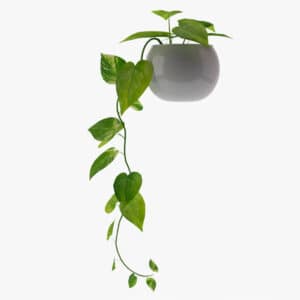
Recommendation & Care: The Money Plant prefers indirect light and needs to be watered every week or so. For one person, three 18-inch plants are recommended.
Best Placement: Any room but keep out of reach of pets or small children
Chinese Evergreens
The Chinese Evergreen is one of the most common household plants and for good reason. This plant emits a high oxygen content while purifying indoor spaces of harmful chemicals such as benzene, formaldehyde and other toxins. As its name suggests, it is quite popular in China specifically for its high efficiency in removing harmful pollutants from the air.
Recommendation & Care: The Chinese Evergreen does well in full shade, and only needs to be watered occasionally with a focus on keeping the soil moist. The number of plants kept is at the owner’s discretion.
Best Placement: The Living Room
Spider Plant
For those of you who are houseplant newbies, the resilient spider plant is a perfect choice. It will quietly battle toxins including carbon monoxide and xylene, a solvent used in the printing and rubber industries. If you have pets, this is one of the few houseplants that are non-toxic to animals.
Recommendation and Care: You can also repot the tiny ‘spiderettes’ and grow a whole family of plants that will pretty much take care of themselves… and you.
Best placement: The bedroom or the living room
Aloe Vera
A healing aloe plant is a lovely addition to your kitchen windowsill, as it loves a sunny spot. While being on hand to soothe any kitchen burns, this succulent will be purifying the air of formaldehyde and benzene, found in varnishes, floor finishes, and detergents.
Recommendation and Care: This plant will thrive in a sunny location. It doesn’t require frequent watering, so it is perfect for new plant moms and dads.
Best placement: Any window sill or any well-lit corner, out of the way to avoid pricking
Rubber plant
While rubber plants (Ficus robusta) are grown as easy-care houseplants, they also improve indoor air quality, according to studies conducted by NASA. Their large leaves can absorb airborne chemicals and break them down, rendering them harmless. They absorb exhaled carbon dioxide and convert it to breathable oxygen. Rubber plants also eliminate bacteria and mold spores in the air.
Recommendation and Care: Rubber plants are tolerant of neglect and so can be grown easily by those with little experience with plants. They should be allowed to dry out between watering. Rubber plants handle under-watering better than over-watering. They can thrive in dim light, so they do well in a variety of indoor conditions. Rubber plants can eventually reach 8 feet tall if given the right conditions, so they should be planted where there is space for them to grow.
Best placement: The living room or the bedroom

REFERENCE
NASA, NASA Clean Air Study (1989),In this study, the leaves, roots, soil, and associated microorganisms of plants have been evaluated as a possible means of reducing indoor air pollutants., https://ntrs.nasa.gov/citations/19930073077

